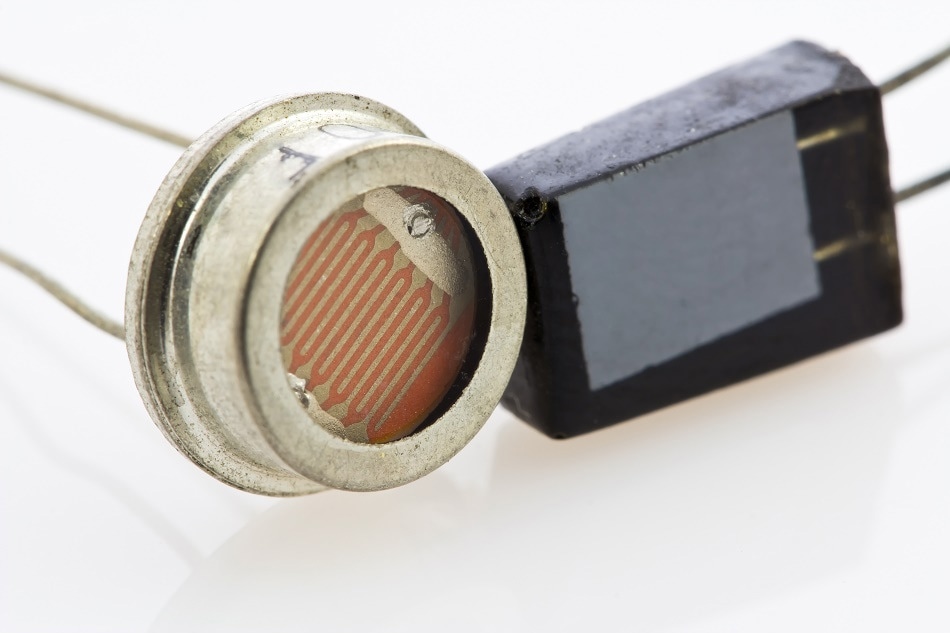 By Isabelle Robinson, M.Sc.Sep 16 2018
By Isabelle Robinson, M.Sc.Sep 16 2018Magnetic field sensors can be split into two different types depending on whether they measure the vector components or the total magnetic field.

Image Credits: ludinko/shutterstock.com
While the results of each sensor vary, the techniques used to create these magnetic field sensors use similar aspects of physics and electronic theories. All magnetic sensors work with the Earth’s magnetic field.
Some of the most common technologies used to create these magnetic field sensors include the coil, fluxgate, optically pumped, nuclear precession, SQUID, and Hall-effect, fiber optic, magnetooptic as well as microelectromechanical systems-based magnetic sensors.
Many different types of magnetic field sensors exist because these sensors have a wide range of applications. Some of these industrial applications include linear, angular position and rotation sensing; contactless sensors are also especially popular.
Magnetic field sensors have been developed by companies, such as Crocus, to have high sensitivity, low power consumption as well as having specific design functions depending on the application. This includes high-temperature operation and high-frequency operation, which allows the user to have a reliable and durable magnetic sensor for optimal performance.
Power Distribution Units (PDU’s)
Cloud computing and large data analytics are continuously innovating the industry. Because of this, there has been increased production of power distribution units which are the main part of data centers and large servers. Data center infrastructure needs PDU’s to supply AC or DC electrical power to the servers. Magnetic field sensors help the PDU provide power filtering to the server and intelligent load balancing, and have the added benefit of being monitored remotely.
Robotics and Factory Automation
Another recent area of industrial growth is in robotics and the adoption of robotics for factory automation. Magnetic field sensors, particularly linear and angular position sensing play a large part in keeping machines in the factory running smoothly.
The magnets are used to monitor the motor movements of the robots in terms of precision and accuracy. As the demand rises for faster and more efficient production lines, the role of magnetic field sensors has also evolved to include the use of safety switches and proximity detection.
Energy and Water Appliances
While magnetic field sensors are usually used in high-tech industries, they can also be used in some of the world's oldest infrastructures. The sensors can be used for energy and water conservation through intelligent, open/close door detection, fluid levels and contactless sensing, enabling companies to comply with newly updated regulatory standards. In addition to this, magnetic field sensors can be used on regular appliances such as vacuum cleaners and refrigerators.
Green Energy
Magnetic field sensors can be a critical part of the contactless current, angular position and switch sensing for green energy power plants such as wind turbines and solar panel farms. Angular position sensing is particularly important for allowing optimal wind power generation while solar combiner boxes benefit from contactless current sensors.
References and Further Reading
Crocus Technology. (n.d.). Applications for Magnetic Sensors. Retrieved from Crocus-technology.com: https://crocus-technology.com/applications/
Lenz, J. (2006, June 5). Magnetic sensors and their applications. Retrieved from IEEE Explore: https://ieeexplore.ieee.org/document/1634415/
Disclaimer: The views expressed here are those of the author expressed in their private capacity and do not necessarily represent the views of AZoM.com Limited T/A AZoNetwork the owner and operator of this website. This disclaimer forms part of the Terms and conditions of use of this website.